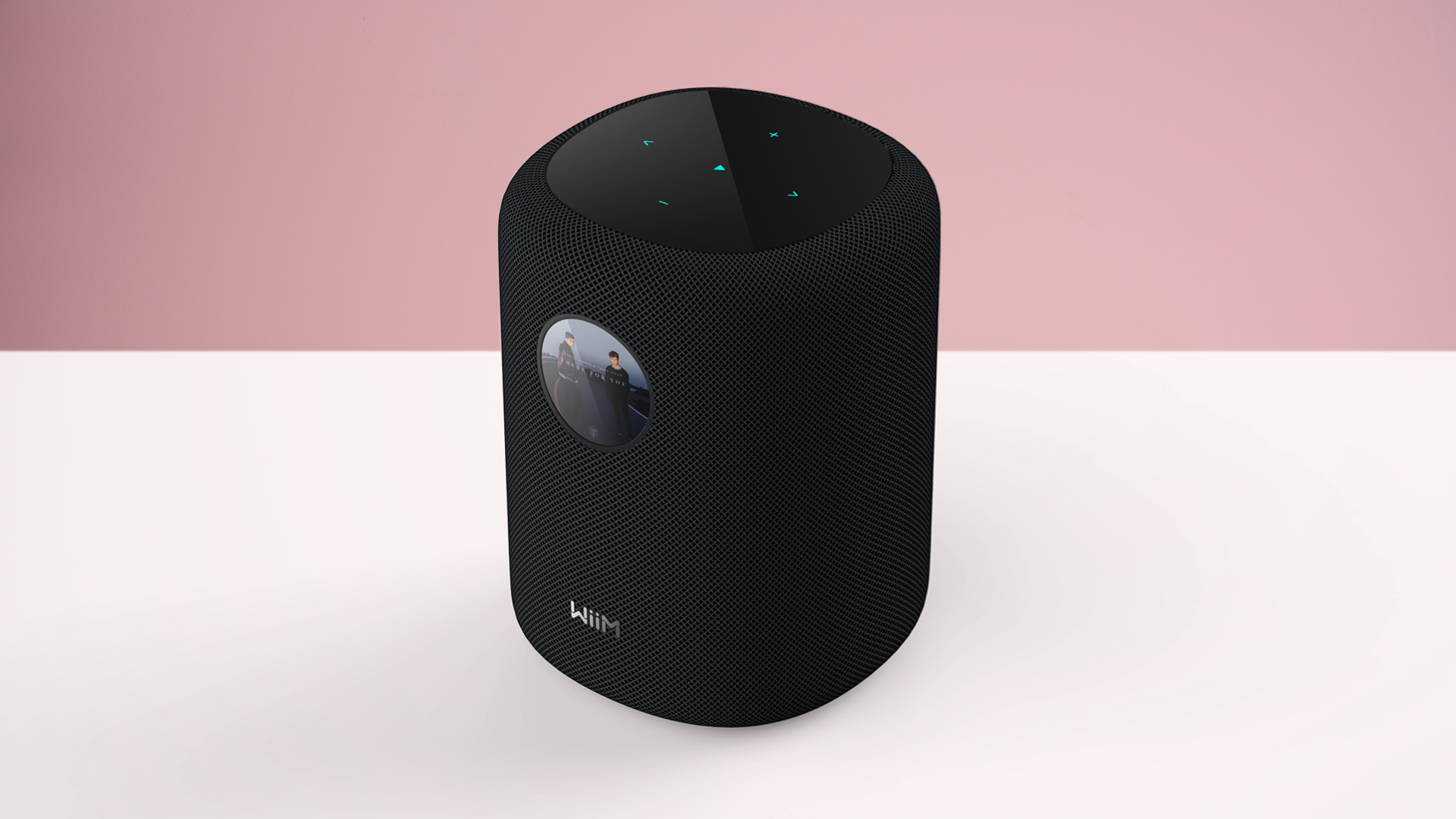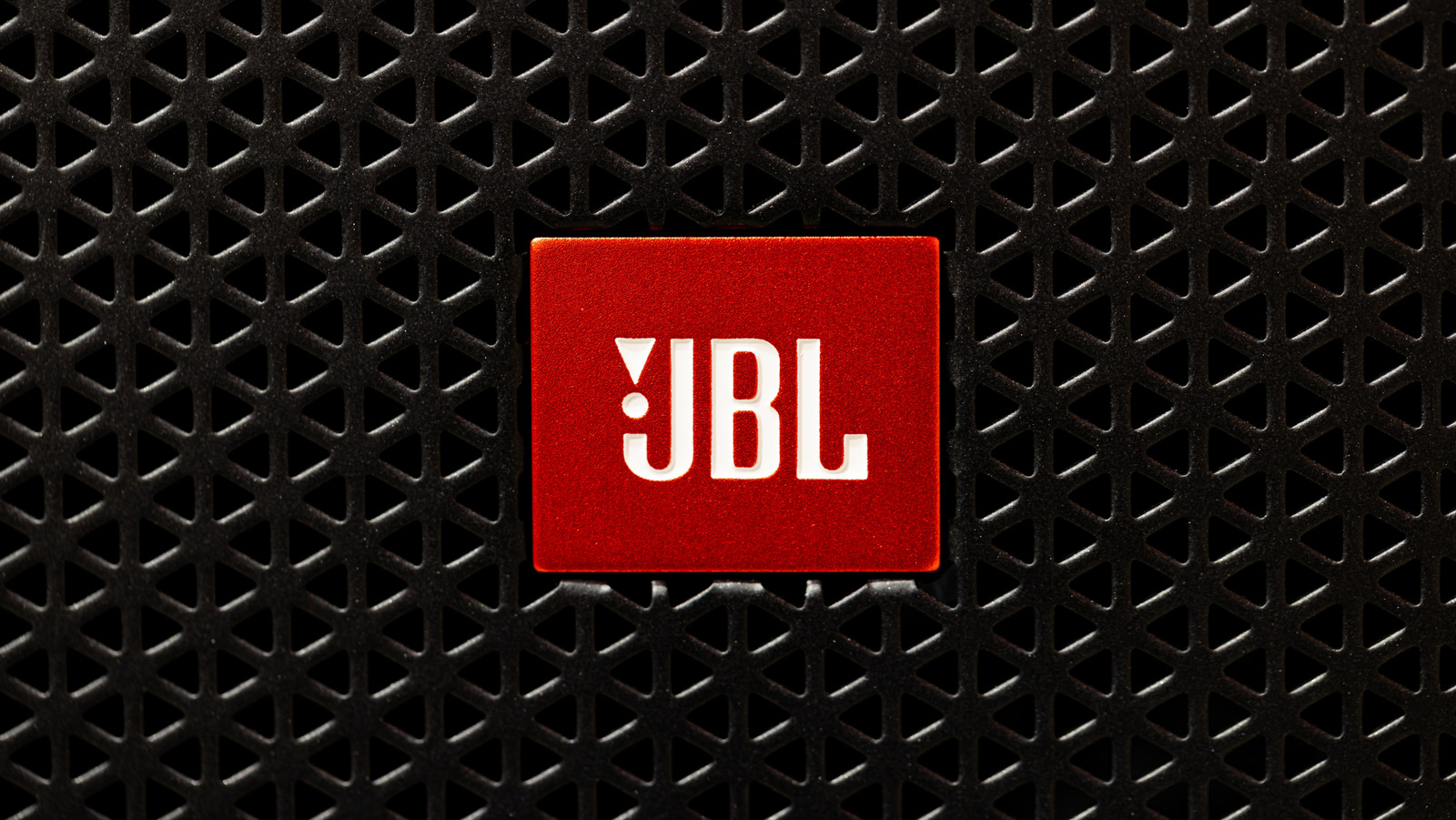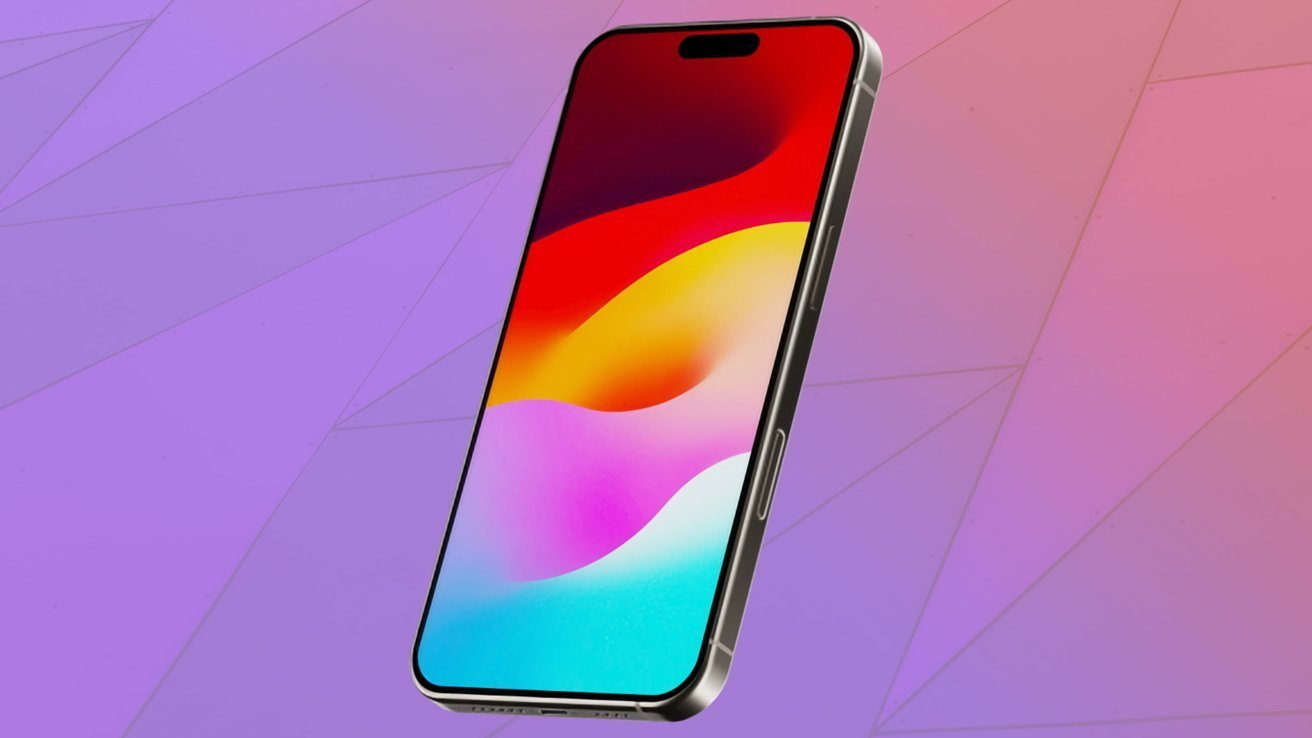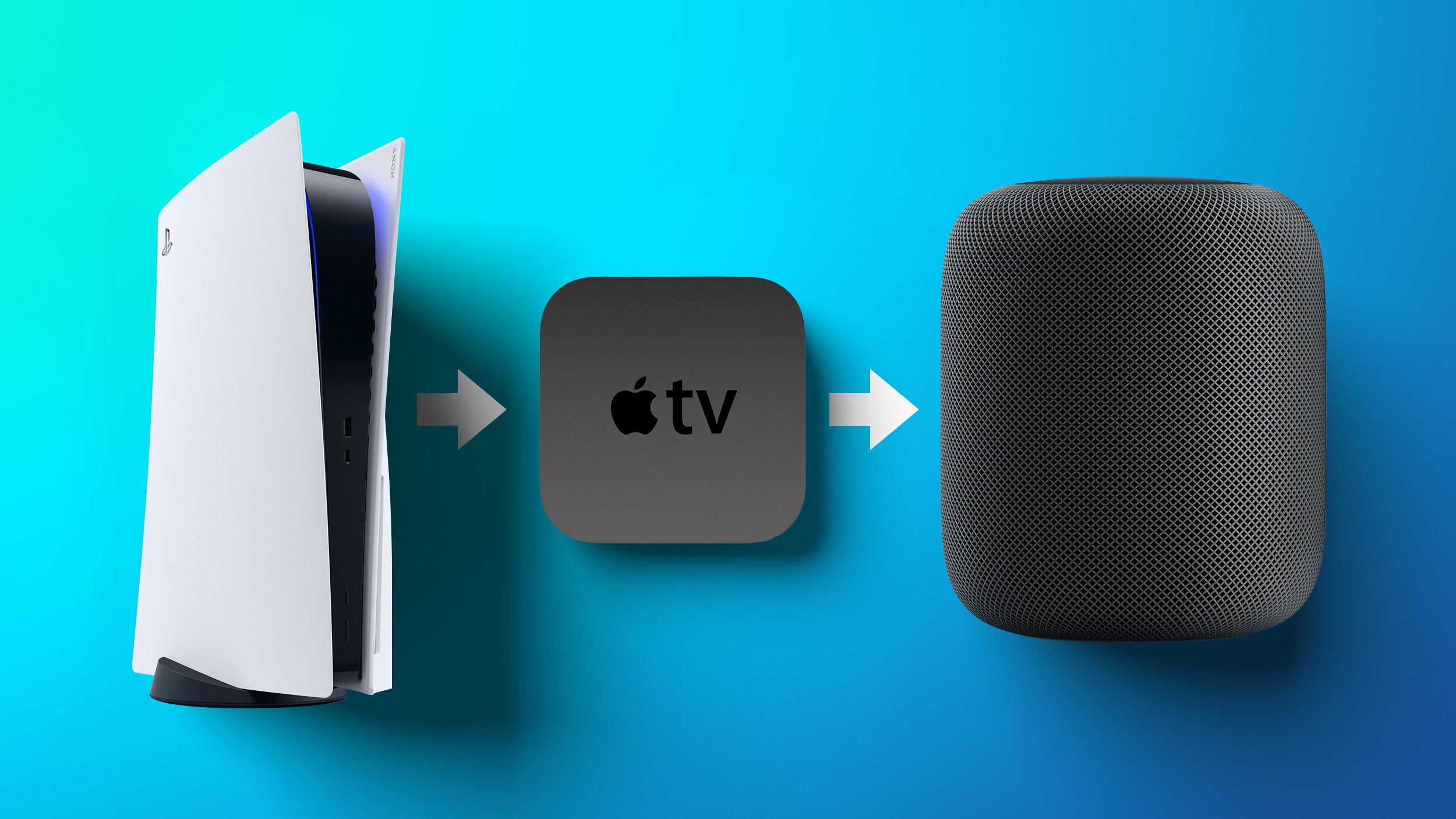What is a server?
What Is a Server? A server is an application or hardware device that receives and processes requests transmitted over a network, providing appropriate responses. The device that makes the request is called a client, while the device that receives and processes the request is called the server. This interaction model is known as Client-Server Architecture. What Are Servers Used For? Hosting Websites Web servers host websites and deliver webpages when users enter a URL. Example: Visiting google.com sends a request to Google's web servers. Email Communication Mail servers send, receive, and store emails. There are two main types: IMAP (access email from multiple devices) and POP3 (downloads to one device). Example: Every time you send or check an email, you're using a mail server. Gaming Game servers manage multiplayer online games by handling player data, game states, and real-time interactions. Examples: Minecraft, Call of Duty. Authentication & Security Authentication servers manage login credentials and control user access. Examples: School systems, business networks, hospital systems. Cloud Services Large cloud platforms like AWS, Azure, and Google Cloud use thousands of servers to deliver services such as storage, computing, and databases. Database Management Database servers store and manage structured data. Examples: Apps and websites use them to manage user accounts or inventories. Running Applications Application servers host and run specific software apps that clients access remotely. Storing and Sharing Files File servers allow users to store, access, and share files over a network. Example: Common in businesses for team collaboration. Proxy Server Acts as an intermediary between a client and another server to filter requests or provide anonymity. Blade Server A modular, space-saving server design used in data centers for scalability and efficiency. DHCP Server (Dynamic Host Configuration Protocol) Automatically assigns IP addresses to devices in a network, enabling automatic connectivity. Time Server Provides accurate time to network devices using NTP (Network Time Protocol). Backup Server Stores data copies for disaster recovery, helping prevent data loss. Chat Server Facilitates instant messaging and real-time communication. Examples: Discord, Slack. Virtual Server A virtual version of a physical server running in software, allowing multiple virtual machines (VMs) on one machine. Print Server Manages printers and queues print jobs in networked environments like offices. Media Server Stores and streams multimedia (video, audio, photos) to clients. Examples: Plex, Kodi, DLNA servers. FTP Server (File Transfer Protocol) Used to upload or download files over the internet. DNS Server (Domain Name System) Translates domain names (like example.com) into IP addresses. Below an image showing the above servers discussed.

What Is a Server?
A server is an application or hardware device that receives and processes requests transmitted over a network, providing appropriate responses. The device that makes the request is called a client, while the device that receives and processes the request is called the server. This interaction model is known as Client-Server Architecture.
What Are Servers Used For?
Hosting Websites
Web servers host websites and deliver webpages when users enter a URL.
Example: Visiting google.com sends a request to Google's web servers.Email Communication
Mail servers send, receive, and store emails.
There are two main types: IMAP (access email from multiple devices) and POP3 (downloads to one device).
Example: Every time you send or check an email, you're using a mail server.Gaming
Game servers manage multiplayer online games by handling player data, game states, and real-time interactions.
Examples: Minecraft, Call of Duty.Authentication & Security
Authentication servers manage login credentials and control user access.
Examples: School systems, business networks, hospital systems.Cloud Services
Large cloud platforms like AWS, Azure, and Google Cloud use thousands of servers to deliver services such as storage, computing, and databases.Database Management
Database servers store and manage structured data.
Examples: Apps and websites use them to manage user accounts or inventories.Running Applications
Application servers host and run specific software apps that clients access remotely.Storing and Sharing Files
File servers allow users to store, access, and share files over a network.
Example: Common in businesses for team collaboration.Proxy Server
Acts as an intermediary between a client and another server to filter requests or provide anonymity.Blade Server
A modular, space-saving server design used in data centers for scalability and efficiency.DHCP Server (Dynamic Host Configuration Protocol)
Automatically assigns IP addresses to devices in a network, enabling automatic connectivity.Time Server
Provides accurate time to network devices using NTP (Network Time Protocol).Backup Server
Stores data copies for disaster recovery, helping prevent data loss.Chat Server
Facilitates instant messaging and real-time communication.
Examples: Discord, Slack.Virtual Server
A virtual version of a physical server running in software, allowing multiple virtual machines (VMs) on one machine.Print Server
Manages printers and queues print jobs in networked environments like offices.Media Server
Stores and streams multimedia (video, audio, photos) to clients.
Examples: Plex, Kodi, DLNA servers.FTP Server (File Transfer Protocol)
Used to upload or download files over the internet.DNS Server (Domain Name System)
Translates domain names (like example.com) into IP addresses.
Below an image showing the above servers discussed.





































































































































































![[The AI Show Episode 147]: OpenAI Abandons For-Profit Plan, AI College Cheating Epidemic, Apple Says AI Will Replace Search Engines & HubSpot’s AI-First Scorecard](https://www.marketingaiinstitute.com/hubfs/ep%20147%20cover.png)


































































































































































































































































_Gang_Liu_Alamy.jpg?width=1280&auto=webp&quality=80&disable=upscale#)































































































![Review: Sonnet Echo 13 Thunderbolt 5 SSD Dock – 140W MacBook charging, 2.5GbE, up to 6000 MB/s SSD speed [Video]](https://i0.wp.com/9to5mac.com/wp-content/uploads/sites/6/2025/05/Sonnet-Echo-13-Thunderbolt-5-SSD-Dock-Review-1.jpg?resize=1200%2C628&quality=82&strip=all&ssl=1)



















![Apple Planning Bezel-Free iPhone With 'Four-Sided Bending' Display [Report]](https://www.iclarified.com/images/news/97321/97321/97321-640.jpg)

![Apple Working on Brain-Controlled iPhone With Synchron [Report]](https://www.iclarified.com/images/news/97312/97312/97312-640.jpg)































































































